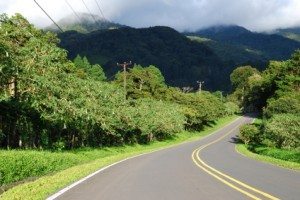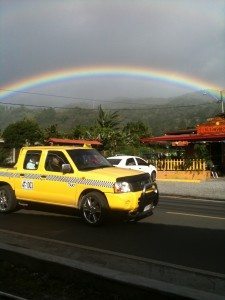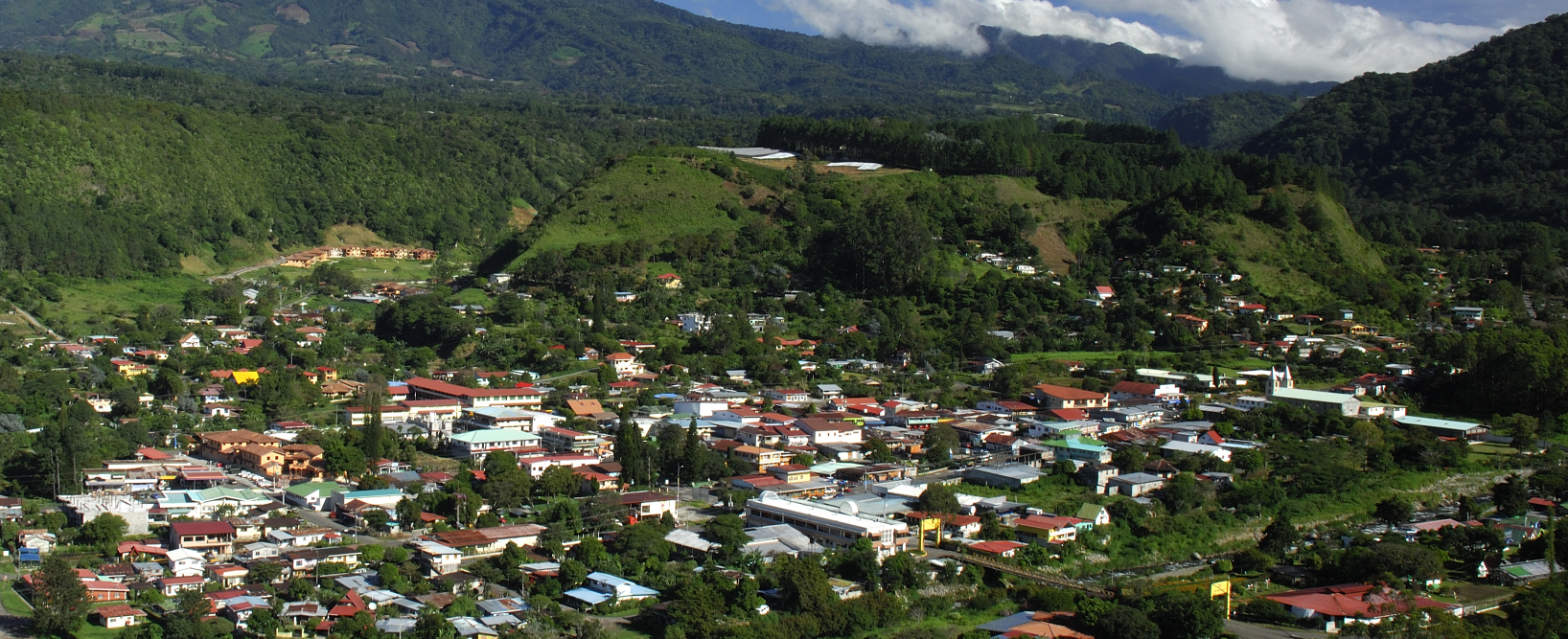SUMMER AND WINTER IN PANAMA
It’s odd that the Panamanians think it’s winter in August. Isn’t it summer in August in the northern hemisphere and winter in the southern hemisphere? Once you have spent an entire year in Panama, though, it begins to make sense. It is a bit cooler in August than in February, so for those who live here, it feels like wintertime.
Panama, and all of Central America, have just two seasons. Summer is from December through April. This part of the year is considered summertime because it is the hottest, driest time of the year. March and April are especially warmer. It’s windier in the summertime in Panama too.
Winter is from May through November. This is considered wintertime because it is the wet, rainy season and often feels considerably cooler. In the higher elevations in the highland areas, such as El Valle, Volcán, and Boquete, homes may even have fireplaces to fend off the chill and dampness in the wintertime.
Although it’s always hot in the coastal areas of Panama, the weather in the two seasons is quite different and governs daily activities.
Summertime, called el verano, is the time for construction work. It may be hotter for the workers (how do they do it?), but at least their work won’t get washed away! It is also beach and vacation time; you’ll see advertising promoting typical summer activities. Folks know that in el verano chances are events won’t get rained out, so it’s a big time for weddings, graduations (the school year ends in December), and outdoor parties. There are plenty of holidays in the summer, starting with Mother’s Day in December, the week of Christmas to New Year’s, and, of course, Carnaval in February. Baseball, the country’s national sport, runs from February to March. The kids return to school at the end of February and have a break for Semana Santa (Holy Week before Easter). By the time May rolls around, the lower elevations of the countryside have turned brown, and everyone in Panama is sick and tired of the summer season and anxiously looking forward to the rains to begin.
In the wintertime, called el invierno, it rains more, but not every day. The rain usually comes in the afternoon, so outside activities need to be done in the morning. The trees, shrubs, and lawns all turn lush green and grow like crazy, keeping all the yardmen and gardeners busy. Driving in a downpour can be challenging and make a mess of the traffic. Panama’s football (aka soccer) season runs from late July to early September, so it’s good that the stands are covered! There are several national holidays in November, and the parades sometimes get rained on. After months of wet, damp, cloudy weather, everyone is eager for sunny summer days to return.
Both seasons have pros and cons, depending on your preferences, favorite pastimes, and where you live. For those who live in the often sweltering flatlands, such as David, Santiago, or Pedasi, the cooling afternoon rains of wintertime are a most welcome relief from the heat. In the mountain towns of western Panama, the late afternoon cloud cover and drizzly rainy weather may be too dreary for some folks but pleasantly spring-like for others.
So if you are coming to Panama to visit or to live, consider the weather and the seasons carefully before deciding where you want to be. If possible, spend some time here in both wintertime and summertime, so you are familiar with the climate all year round. Then you can make an educated choice about which part of beautiful Panama will be your new home.
Before you buy real estate, it is a good idea to experience the weather in BOTH seasons. There are many different micro-climates throughout Panama. Where you live in Panama, you may love the weather in July but hate the weather in February or vice versa. It’s better to rent for at least a year to see what the weather is like in the summer and winter.
SPANISH LESSON
¿Qué tiempo hace? means What’s the weather?
Hace calor means It’s hot
Hace fresco means It’s cool (fresh)
Hace frio means It’s cold
¡Qué calor, mucho verano! means What heat, a lot of summer!
Viene el agua means It’s going to rain (the water is coming)
Está nublado means It’s cloudy
Hace bajareque means It’s sprinkling (in Boquete)
Mucho viento means It’s very windy






Thank you for the info – I also liked the little bit of Spanish
Just booked our tour for September 2022. Glad it will be a bit cooler when we are there. Thanks Jackie for all your hard work and always great info!
I read that Panama uses Castilian Spanish more heavily than Latin Spanish. Do you agree? Or does Castilian sound too “high brow” there? Does it depend on the area of Panama? I’m wondering if I want to begin using the “th” sound instead of the “soft c” sound which I originally learned. Thanks for reply and all this helpful info.
Panama uses Latin Spanish.. with a twist
Excellent article, Jackie, on Panama Seasons! Many people liken our daily rains to the Asian Monsoons, which is not the case. I always complete my daily tasks by 2 or 3, go home, and welcome the rain. I have lived in Boquete for almost 4 years and look forward to all your posts. They are always instructional and entertaining!
I’m glad you enjoyed the article. In Panama, you learn to rearrange your schedule around the afternoon rain. When it rains, it’s a great time to read a book or watch a movie.